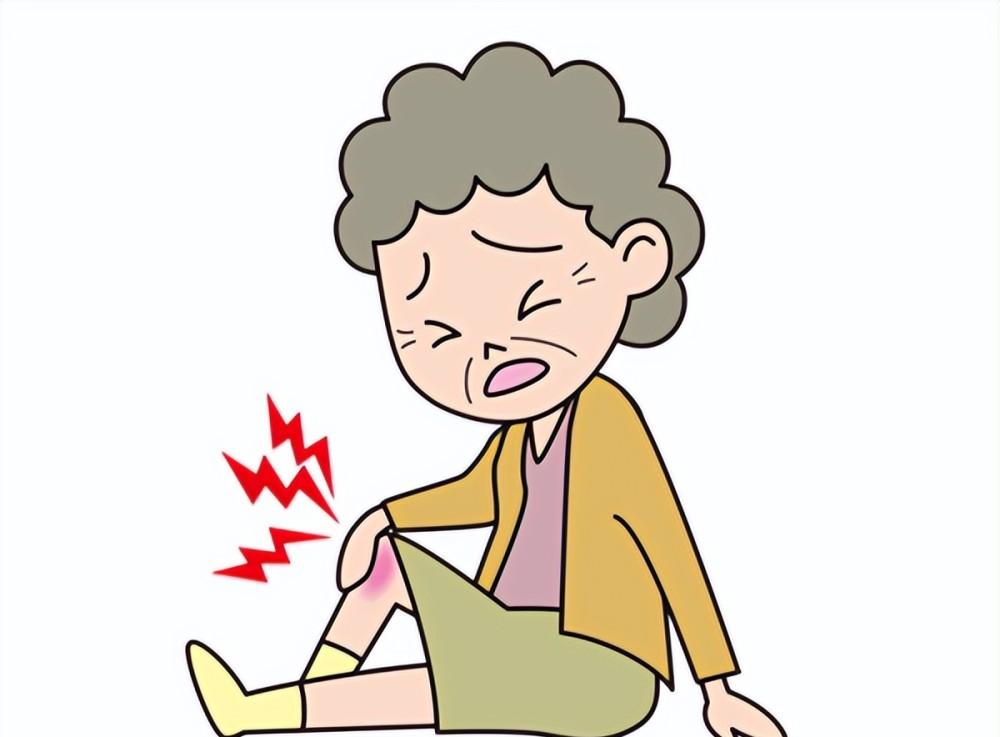Ms. Qin is 74 years old this year, her right knee joint has been in repeated pain for more than 10 years, at the beginning it was fine, only after fatigue or climbing the mountain will be painful, recently even walking on the flat road can not stand the pain, seriously affecting the quality of life.
3 years ago, Ms. Qin was introduced by a friend to the Department of Osteoarthaltics of the Second People's Hospital of Hunan Province (Hunan Provincial Brain Hospital) to find the chief physician Li Baojun, the chief physician of the department, Li Baojun carefully examined Ms. Qin's right knee, did the examination, found that it was severe knee osteoarthritis, and the orthopedicular surgery team completed the "right side total knee replacement" for Ms. Qin.
After the operation, Ms. Qin's pain symptoms improved suddenly, and she was quickly discharged from the hospital, and after being discharged, Ms. Qin was immersed in the joy of no pain, completely did not take the doctor's instructions to heart, and never carried out rehabilitation training. 2 weeks ago, Ms. Qin fell down the stairs, and her right knee was suddenly in pain, and she quickly came to the Department of Osteoarthritis of the Second People's Hospital of Hunan Province.

After the examination of Deputy Chief Physician Chai Zhiyong, it was found that Ms. Qin had a fracture of the lower part of her right femur, which was diagnosed as a "fracture around the prosthesis after right knee replacement", and Ms. Qin underwent another operation and is now in the recovery period after surgery.
What is the "peri-prosthetic fracture after hip knee replacement"? Why is this happening?
Deputy Chief Physician Chai Zhiyong introduced that the fracture around the prosthesis after hip and knee replacement surgery refers to the fracture around the artificial joint caused by traumatic violence in elderly patients after receiving hip and knee replacement surgery, the main reason is that rehabilitation training is not carried out in accordance with the doctor's instructions. Old age, severe osteoporosis, and lack of muscle strength are all reasons for easy fractures.
So how to effectively prevent and recover?
Li Baojun, chief physician of the Department of Orthopedic Joints of the Second People's Hospital of Hunan Province, introduced that patients who have undergone hip and knee replacement surgery need to pay attention to the following points in postoperative management:
1. To prevent the occurrence of venous thrombosis in the lower extremities. These include early functional exercises, ankle pump training, and wearing compression stockings to promote venous return. Rivaroxaban, or low-molecular-weight heparin, is given subcutaneously to prevent venous thrombosis for at least six weeks.
2. Actively carry out rehabilitation training. Postoperative rehabilitation should be based on the guidance of the doctor, from the hip and knee joint range of motion and muscle strength to train.
3. Prevention of infection. If there is a fever or bleeding wound that requires attention, go to the hospital in time to obtain anti-infection treatment as soon as possible.
4. Pay attention to anti-slip, avoid falling, and avoid accidental injury. Early postoperative activity on the ground, because of pain and lack of muscle strength, it is best to use a walker to avoid falling.
5. We must pay attention to the treatment of osteoporosis, hypertension, diabetes and other basic diseases.
6. Regularly review and take a flat film of the ortholateral position of the hip and knee joint after surgery, so that the doctor can evaluate the postoperative efficacy.
7. Seek medical attention as soon as possible in these cases: local redness, swelling, heat and pain in the joints or fluid oozing from the wound; feeling that the joint activity is not normal or restricted in the past; swelling of the entire limb with pain; joint deformities, deformations and pain.
Contributed by: Li Yang, Department of Orthopedics and Joints, Second People's Hospital of Hunan Province (Hunan Brain Hospital).
Editor: Liu Yuchen
Image: From the Internet, intrusion and deletion